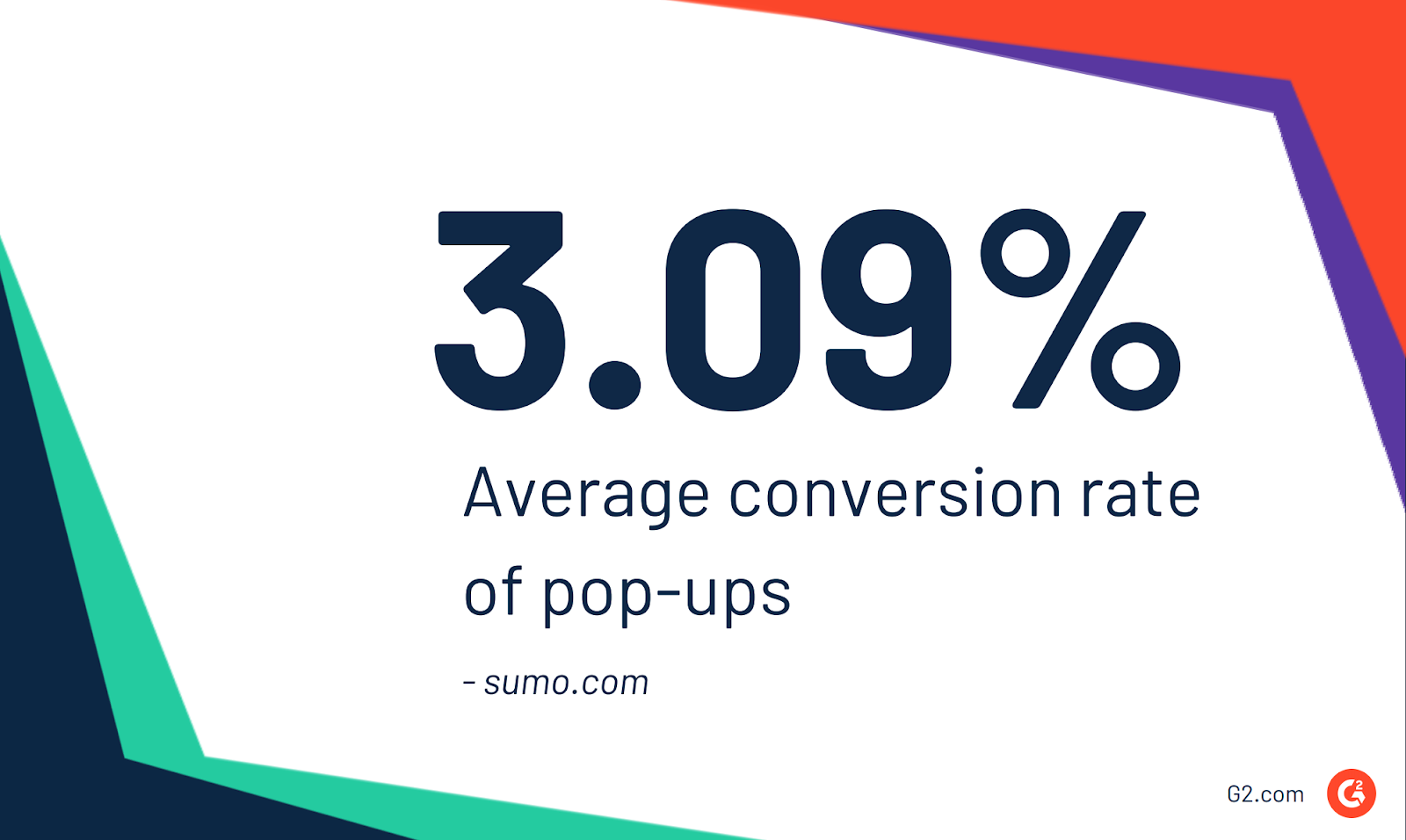
3 Must-Have Web Personalization Practices That Drive Conversion
Personalized experiences are key in all facets of life and customers have come to expect this of businesses. Personalization is vital to web conversion and can be created with the right A/B testing techniques.
We currently live in a world of choice, but no shoppers have time to sift through all the options offered by companies. Instead, they demand a a personalized experience with choices and content being narrowed down based on their preferences to create a truly seamless visit to your site. Most users are able to quickly identify when a webpage is not relevant for them and quickly move on. Without web personalization, you’ll face abysmally low click through rates, few conversions, and lower profits.
Luckily there are several techniques you can employ in order to boost your conversion rate and increase the return on investment for your website. While many organizations use strong, tailor-made marketing campaigns to attract new audiences, they fail to apply this same effort to the user experience on their webpages. In the age of e-commerce and digital distribution, this is a terrible mistake to make, yet can be easily corrected through website personalization.
1 What is website personalization? (and why you should care)
Website personalization is the act of tailoring website content (such as offers, messages and navigation) to customer preferences in order to provide the experience and products that customers require. For example, at a basic level if a shopper is searching for a standing desk on a furniture website, through website personalization, the customer would get more standing desk suggestions, instead of seeing something unrelated like couches on the website.
With website personalization, shoppers will become more engaged with the experience tailored to their preferences, and thus they will be more likely to convert. Once a business converts a shopper into a buying customer, they are more likely to retain these customers.
1. Make buying as easy as possible
No matter the industry you find yourself in, you want to remove as many barriers as possible when it comes to selling products online.
You want to make sure there is little to no friction when it comes to making a purchase; attrition is a real issue that all digital marketers and salespeople have to deal with, so reducing the opportunity for it to occur will only help your ROI. For lasting success, you must make buying simple by becoming a customer-centric company.
There are a few ways to effectively smooth out the buyer’s journey on your website, alongside more advanced technology such as AI-based personalization. They might seem obvious in retrospect, but you’d be surprised by how many websites leave these basic elements out of their personalization initiatives.
Manual segmentation
The first thing anyone needs in order to make an online purchase (or simply to request demos and more information) is to enter information in order to find the products that will be the most relevant to them.
Use tools for customer segmentation to make this process automatic by collecting customer data and automatically making suggestions to them based on their demographics and your understanding of your target market.
Listen to your customers
Collecting data from your customers can only help drive conversions. There are two types of data that drive personalization platforms: hot data and cold data.
Hot data is behavioral data that collects everything a website visitor is doing while browsing your site. Examples of this data include where visitors are clicking, time on page, their location, device being used, and general time information.
So if your website visitor is clicking a lot on rain boots, and it’s March in Chicago, you can assume they are pretty serious about getting rain boots. From there personalization platforms react in real-time to provide more personalized options for the shopper.
Cold data on the other hand is information that a customer shares with a company such as what they have previously bought, how much they’ve spent, their age, and their gender.
Together hot and cold data can provide a truly personalized experience through providing specific content, offers, or messages for that specific shopper.
Suggestions
This final one has more to do with continuing the cycle of sales. After a purchase has been made by your customer, it’s easier than ever to have them consider your goods and services, if not for now, then for later. While basic, adding related and similar suggestions as a part of your website personalization strategy can go a long way towards helping you maximize the overall ROI of your website.
Continuing from the rain boot example earlier: suggestions are as simple as mentioning that they might like umbrellas or waterproof socks after a shopper puts rain boots in their cart.
2 Include relevant, personalized calls to action
One of the best ways to increase click-through rate on your website and keep people in your sales funnel is to include calls to action on your webpages.
However, this isn’t a situation where trying to drive all the traffic to a specific page with the same generic button or link is going to be effective in keeping the visitors to your web page engaged.
Track how your prospects are moving through the funnel and help them by delivering specific content that is tailored to their demographics, wants, and business needs. Web personalization can also help create and recreate new experiences for your prospects; once they have clicked on specific messaging, they will be guided through other content, messages and offers, helping them to move to the next step of your sales process. You can measure the results of these personalized journeys using your marketing analytics software as well as the personalization platforms themselves.
3 Greet new customers with fly-ins
When you approach website personalization, you can’t assume that every visitor is going to have a deep understanding or familiarity with your brand, product, and overall business mission.
Some people might stumble onto your website from vague google searches, or be coming from the recommendation of a friend. It’s important to find a way to convey who you are and what you're about in a clear, succinct way that won’t be disruptive to your returning prospects.

Pop-up building software offers far more than just simple fly-ins. It allows you to custom build numerous types of fly-ins that work best for your brand and customers, whether that’s providing them with information or directing them to a relevant landing page that you built. Within personalization platforms are pop-up building tools that integrate personalization and retargeting efforts. Perhaps the most useful function of these tools is the ability to add information-collecting forms to your fly-ins, helping to loop new visitors to your webpage into your content ecosystem. Even if they don’t immediately make a purchase, you have a much better chance at converting them into an actual customer once you’ve given them appropriate information.
Personalized perfection
Follow these best practices more easily and do even more with web personalization platforms so that you can increase ROI and deliver better leads to your team. You’ll be sure to see your engagement and click-through rates skyrocket once you prioritize your customers and invest in A/B testing software to help.



